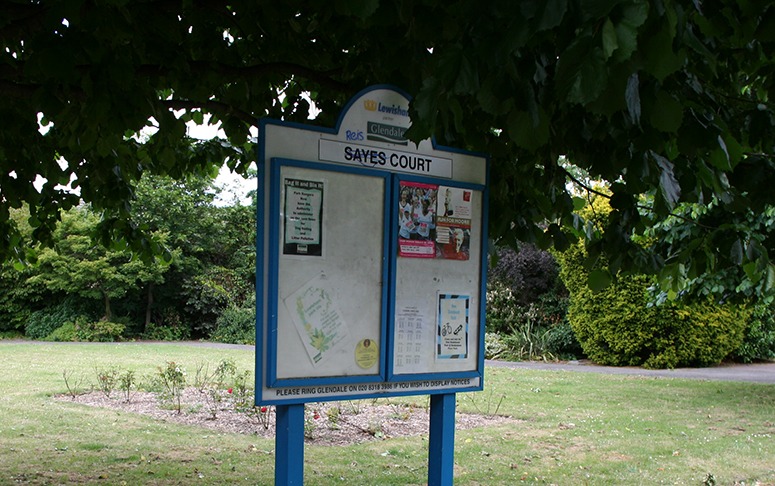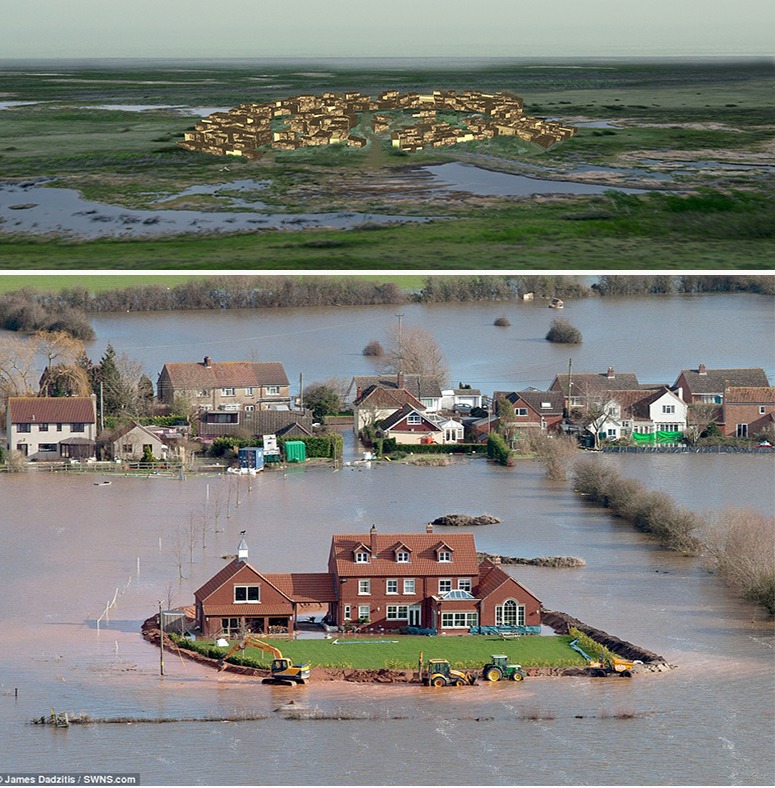Still working on a landscape architecture manifesto, I was pleased to find Diana Balmori’s book A Landscape Manifesto (Yale University Press, 2010). She comes across in the above video as a thoughtful and likeable person. I also support the principles of her manifesto (see below) while thinking they could be shorter and clearer – her drawings and design work are strong in these respects (see, for example, Balmori’s Garden Climbs the Steps in Bilbao). The word ‘manifesto’ derives from the Latin manifestum, meaning clear or conspicuous. It came into English during the seventeenth century and the practice of issuing art and design manifestos became widespread in the 20th century. Let’s hope landscape architecture manifestos become widespread in the 21st century. Heidi Hohmann and Joern Langhorst got us off to a good start in 2004, with Landscape architecture: an apocalyptic manifesto, though its strength is in making the case for manifestos.
25 points: Diana Balmori’s Landscape Architecture Manifesto
1. Nostalgia for the past and utopian dreams for the future prevent us from looking at our present.
2. Nature is the flow of change within which humans exist. Evolution is its history. Ecology is our understanding of its present phase.
3. All things in nature are constantly changing. Landscape artists need to design to allow for change, while seeking a new course that enhances the coexistence of humans with the rest of nature.
4. Landscape forms encapsulate unseen assumptions. To expose them is to enter the economic and aesthetic struggles of our times.
5. Historical precedents do not support the common prejudice that human intervention is always harmful to the rest of nature.
6. Shifts are taking place before our eyes. Landscape artists and architects need to give them a name and make them visible. Aesthetic expertise is needed to enable the transforming relations between humans and the rest of nature to break through into public spaces.
7. High visibility, multiple alliances, and public support are critical to new landscape genres that portray our present.
8. Landscape—through new landscapes—enters the city and modifies our way of being in it.
9. New landscapes can become niches for species forced out of their original environment.
10. The new view of plants as groups of interrelated species modifying each other, rather than as separate and fixed, exemplifies fluidity—a main motif of landscape form.
11. Nostalgic images of nature are readily accepted, but they are like stage scenery for the wrong play.
12. In his History of the Modern Taste in Gardening (l780), Horace Walpole says William Kent “was the first to leap the fence and show that the whole of nature was a garden.” Today landscape “has leapt the fence” in the opposite direction, to the city, making it part of nature.
13. Existing urban spaces can be rescued from their current damaging interaction with nature.
14. Landscape artists can reveal the forces of nature underlying cities, creating a new urban identity from them.
15. Landscape can create meeting places where people can delight in unexpected forms and spaces, inventing why and how they are to be appreciated.
16. A landscape, like a moment, never happens twice. This lack of fixity is landscape’s asset.
17. We can heighten the desire for new interactions between humans and nature where it is least expected: in derelict spaces.
18. Emerging landscapes are becoming brand new actors on the political stage.
19. Landscape renders the city as constantly evolving in response to climate, geography, and history.
20. Landscape can show artistic intention without imposing a predetermined meaning.
21. Landscape can bridge the line between ourselves and other parts of nature—between ourselves and a river.
22. Landscape is becoming the main actor of the urban stage, not just a destination.
23. The edge between architecture and landscape can be porous.
24. Landscape can be like poetry, highly suggestive and open to multiple interpretations.
25. We must put the twenty-first century city in nature rather than put nature in the city. To put a city in nature will mean using engineered systems that function as those in nature and deriving form from them.





